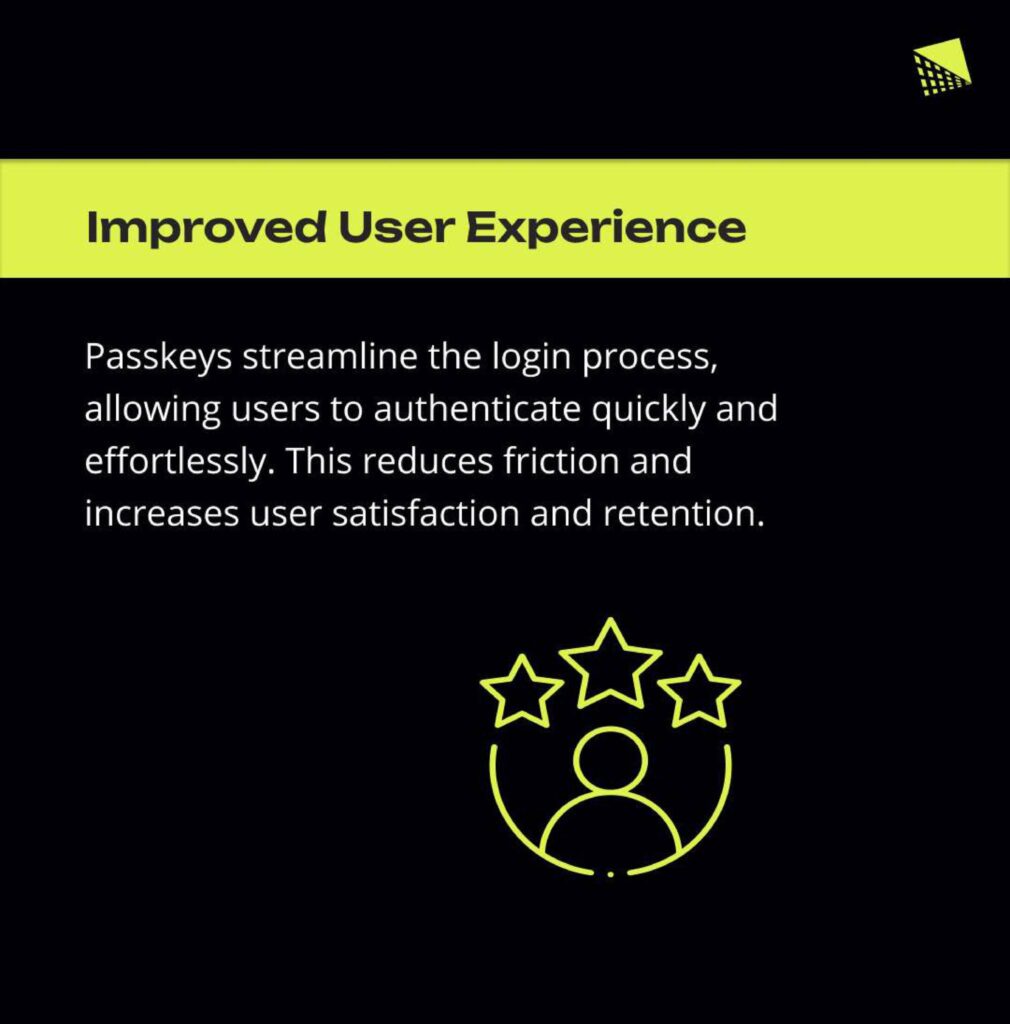With the evolution and adoption of decentralized applications (DApps), the need for seamless and secure user experiences is paramount. The advancements in cryptographic techniques and account management present passkeys and account abstraction web3 as a cutting-edge approach to achieving this goal.
In this article, we will explore how to integrate passkeys with account abstraction in your DApp to enhance both security and usability.
Understanding Passkeys and Account Abstraction
Before diving into the integration of passkeys, let us understand the concepts of passkeys and account abstraction.
Passkeys
Passkeys are a cryptographic mechanism designed to authenticate users securely. Unlike traditional passwords, passkeys leverage public-key cryptography to ensure that sensitive information is never transmitted or stored insecurely. A passkey typically consists of a public key and a private key, where the public key is shared with the service, and the private key is kept secret by the user. This approach mitigates the risks associated with password-based authentication, such as phishing attacks and credential breaches.
Account Abstraction
Account abstraction in the context of blockchain and decentralized systems refers to the separation of user accounts from the underlying implementation of account management. Instead of interacting directly with the blockchain’s native account system, users interact with an abstracted account layer that can be customized to fit various requirements. Account abstraction web3 allows for more flexibility in account management, including support for multiple authentication methods, improved privacy, and enhanced security.
The Benefits of Combining Passkeys with Account Abstraction
Integrating passkeys with account abstraction offers several advantages:
- Enhanced Security
- Improved User Experience
- Flexibility and Scalability

Using passkeys eliminates the risk of password theft and reduces the attack surface associated with traditional authentication methods. Account abstraction adds another layer of security by isolating account management logic from the underlying blockchain infrastructure.

Passkeys provide a frictionless authentication experience, as users do not need to remember or input passwords. Account abstraction web3 allows for a more intuitive and customizable user interface, enabling smoother and more user-friendly interactions with a DApp.
Combining these technologies enables you to design a DApp that can support various authentication methods and adapt to changing requirements. Whether you want to implement multi-signature wallets, biometric authentication, or other advanced features, account abstraction web3 makes it easier to integrate these functionalities.
Read Also: Passkeys and Account Abstraction: Forging the Future of Crypto Wallets
Steps to Integrate Passkeys with Account Abstraction
Integrating passkeys with account abstraction involves several steps, each crucial for achieving a seamless and secure user experience. Here is a step-by-step guide to help you through the process:
Define Your Requirements
Before starting the integration process, define your specific requirements and goals. Consider the following questions:
- What authentication methods do you want to support in your DApp?
- How will passkeys enhance your existing account management system?
- What level of account abstraction is needed to meet your requirements?
Answering these questions will help you design an integration strategy that aligns with your decentralized application’s objectives.
Set Up Passkey Infrastructure
To use passkeys, you need to set up the necessary infrastructure. This includes:
- Generating Passkey Pairs
- Public Key Registration
- Authentication Flow
Implement functionality to generate passkey pairs (public and private keys) for your users. Ensure that the private keys are securely stored and managed on the user’s device.
Create a mechanism to register users’ public keys with your DApp. This typically involves storing the public keys in a secure database or on-chain.
Implement the authentication flow that utilizes passkeys. This flow should include steps for generating, transmitting, and verifying passkey signatures during the authentication process.
Design the Account Abstraction Layer
Develop an account abstraction layer that interacts with the passkey infrastructure and manages user accounts. Key components of this layer include:
- Account Management
- Integration with Passkeys
- User Interface
Implement functions for creating, updating, and managing user accounts abstracted from the underlying blockchain infrastructure. This allows for greater flexibility and customization in handling user accounts.
Ensure that the account abstraction layer integrates seamlessly with the passkey infrastructure. This involves validating passkey signatures, managing session tokens, and handling authentication responses.
Design a user interface that supports account abstraction and passkey authentication. The interface should provide clear instructions for users on how to authenticate using passkeys and manage their accounts.
Implement Security Measures
Security is a top priority when integrating passkeys with account abstraction web3. Consider the following measures:
- Secure Storage
- Encryption
- Access Controls
Ensure that private keys and other sensitive data are securely stored on users’ devices. Utilize platform-specific secure storage mechanisms to protect this information.
Implement encryption protocols for data transmission between the user’s device and your DApp. This helps protect passkey information and other sensitive data from interception.
Implement robust access controls to prevent unauthorized access to user accounts and passkey data. This includes managing permissions and monitoring for suspicious activity.
Test and Validate
Thorough testing and validation are essential to ensure that the integration works as intended and meets security standards. Conduct various tests, including:
- Functionality Testing
- Security Testing
- User Testing
Verify that the passkey authentication flow works correctly and that users can seamlessly authenticate with passkeys.
Perform security assessments to identify potential vulnerabilities and ensure that passkey data and user accounts are adequately protected.
Conduct user testing to gather feedback on the user experience and make any necessary improvements. Ensure that the authentication process is intuitive and user-friendly.
Deploy and Monitor
Once testing is complete, deploy the integrated passkey and account abstraction solution to your DApp. Monitor the system for any issues or performance concerns and make adjustments as needed.
- Monitoring
- Updates
Implement monitoring tools to track authentication attempts, user activity, and potential security incidents. This helps ensure the ongoing security and performance of your DApp.
Stay informed about advancements in passkey and account abstraction web3 technologies. Regularly update your integration to incorporate new features and security enhancements.
To Sum Up
Integrating passkeys with account abstraction in your DApp represents a significant step towards enhancing security, improving user experience, and achieving greater flexibility in account management. By following the outlined steps and prioritizing security, you can successfully implement this cutting-edge technology combination and provide your users with a seamless and secure authentication experience.






